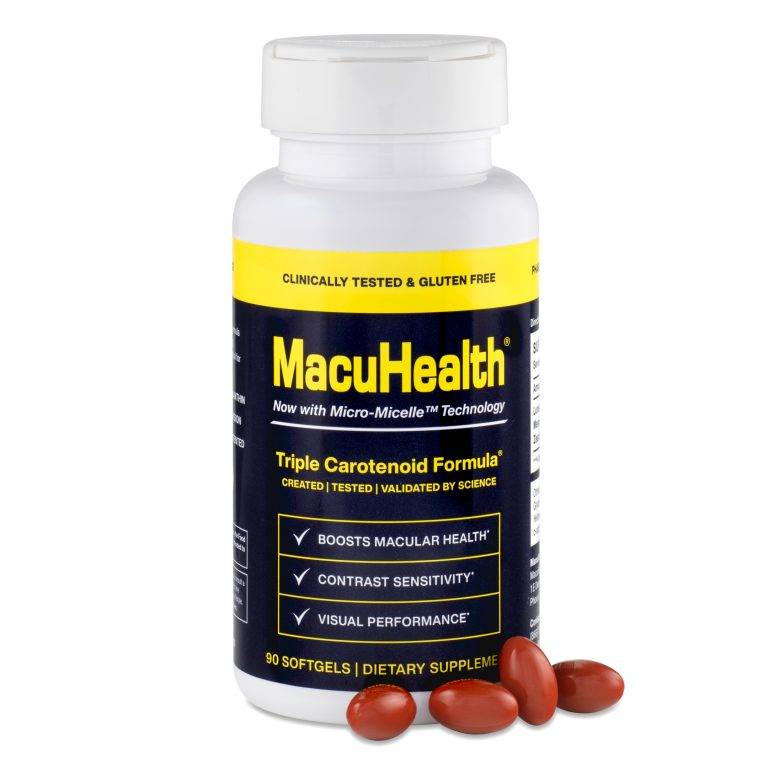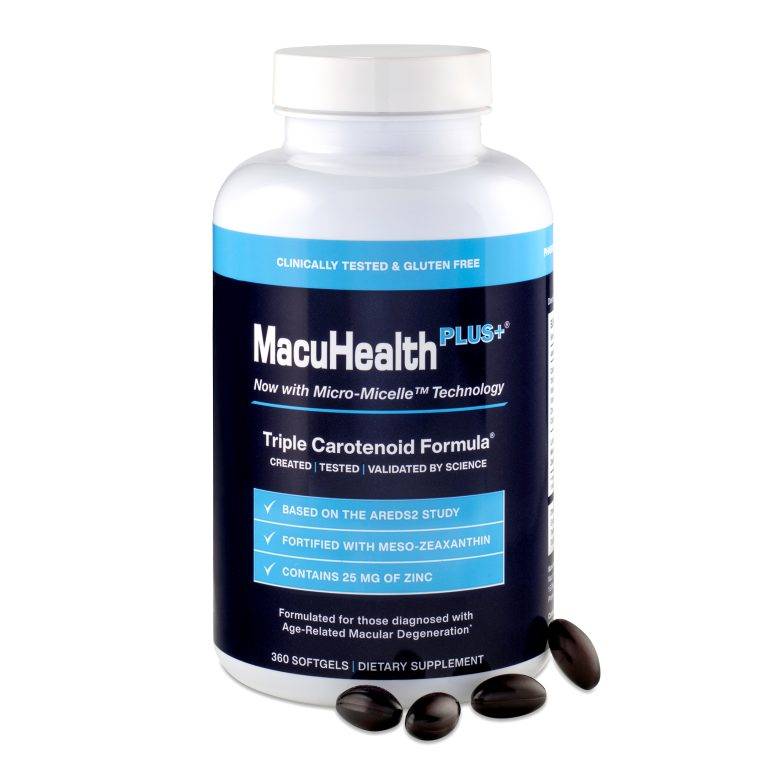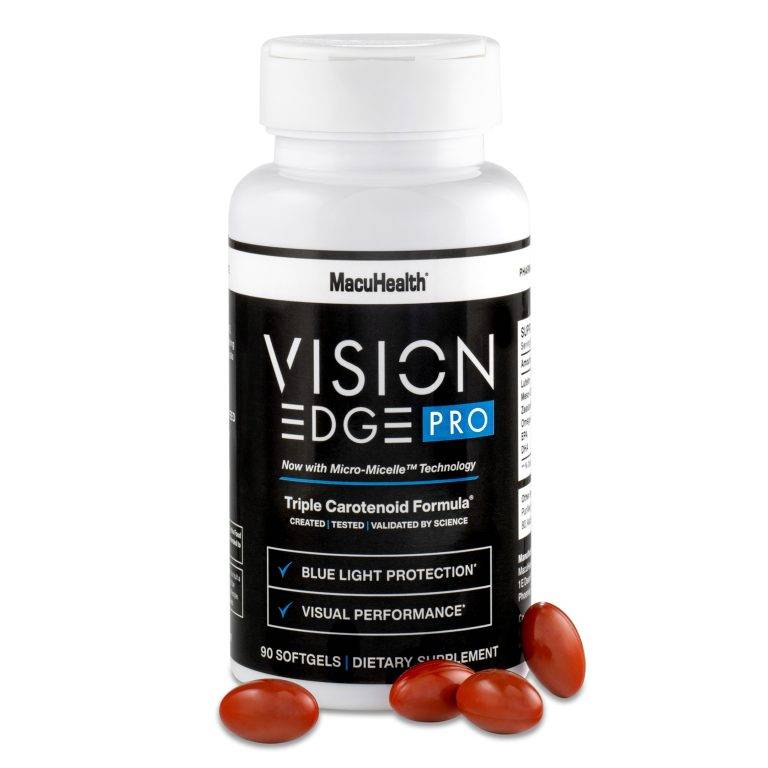
Written by MacuHealth
Reviewed by Jim Stringham, Ph.D.
Those with macular degeneration symptoms are probably unable to identify when their vision started to change. Eyesight declines gradually, so it’s not uncommon for those with the disease to keep running errands, watching television or continuing work on various projects. But suddenly, colors become darker. Seeing directly ahead becomes a struggle. Vision starts to erode. And when the diagnosis finally becomes real, it can be a devastating and depressing blow.
The struggle to stay independent is why so many stories of age-related macular degeneration (AMD) remain untold. The condition flies under the radar of those most prone to it, but with a diagnosis of AMD comes the risk of losing your driver’s license, a diminished social life, and, in later stages of the disease, the inability to recognize the faces of loved ones.
Over 11 million people in the United States are affected by some form of AMD, with those over the age of 50 being the most vulnerable. According to the National Eye Institute, that number will likely double in 30 years. Exciting new research has given AMD sufferers some hope in battling this degenerative disease. Unfortunately, however, there is still no cure.
Understanding how AMD works and when it starts are keys to slowing or stopping its progression. We’ll take a closer look at macular degeneration symptoms, some treatments on the horizon and how those diagnosed with it can effectively manage their symptoms.
In finding a cure for AMD, the field of genetics looks particularly promising. According to WebMD, researchers have discovered at least 20 genes connected to AMD. But our family histories also put us at risk of developing the disease. If a member of your family has macular degeneration symptoms, your chances of getting the disease increases.
Gender and race are other factors that increase the risk of AMD. Nearly two-thirds of those living with the condition are women, and a third of those afflicted are white. Almost a third of those 75 and older have AMD, and your chances of experiencing macular degeneration symptoms go up after you turn 50. Other factors that increase your AMD risk include smoking, obesity, high blood pressure and heart disease.
There are two stages of AMD. The first kind is dry macular degeneration. The macula, the part of our retina that provides clear vision to our direct line of sight, begins to thin out and deteriorate as we grow older. Those suffering from dry macular degeneration symptoms may not lose their vision entirely. The disorder can develop in one or both eyes and worsen over time.
Dry macular degeneration can progress to the wet stage. Wet macular degeneration symptoms occur when new blood vessels grow underneath and into the macula. These irregular developments may leak fluid or blood, which blocks light from reaching the retina and harms its structure. Additionally, symptoms can occur when fluid builds up between the retina and a thin cell layer called the retinal pigment epithelium, causing distorted vision.
It can be difficult for people to know when macular degeneration symptoms begin. Sometimes, one’s vision declines slowly, with a slight change in color or a dark spot in the center of your field of view. Other times, straight lines can appear wavy. Regular visits to your eye care professional can help detect the disease early. Some other signs of AMD to look out for are:
For anyone struggling with macular degeneration symptoms, there is some hope. While there currently isn’t a cure for AMD, there are treatments that can help regulate its symptoms. The most important thing you can do is to see an optometrist regularly and get tested for AMD. There are also laser therapies or invasive drugs injected into the eye, both of which can halt the growth of abnormal blood vessels that can leak fluid into the retina. Some personal changes include quitting smoking and eating a balanced diet.
Supplements are a non-invasive, natural treatment shown to help AMD patients by replenishing macular pigment levels in the eye. With continuous supplementation, patients can dramatically reduce the risk of progression and improve their visual performance. MacuHealth, which includes all three carotenoids that make up the macular pigment, has been scientifically proven to protect the eye from damage, rebuild macular pigment and delay macular degeneration symptoms.

Formulated by scientists and clinically proven to support eye health for both healthy and diseased eyes.

Based on the AREDS2 formula with 10 mg of Meso-Zeaxanthin and reduced levels of zinc for the ultimate defense against AMD.

Created for those wanting to protect against blue light and improve visual performance for everyday maintenance.

Sourced from small, open-water catch fish from the coast of Chile, TG Omega-3 provides customized dosing for patient specific needs.